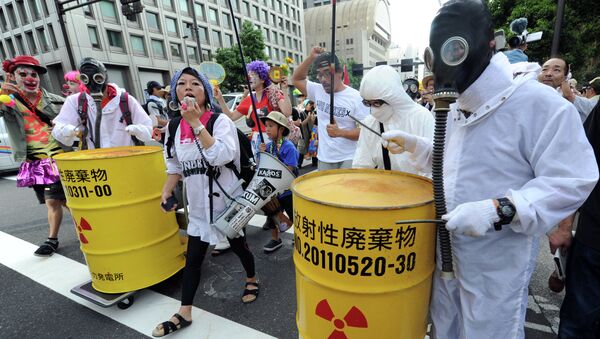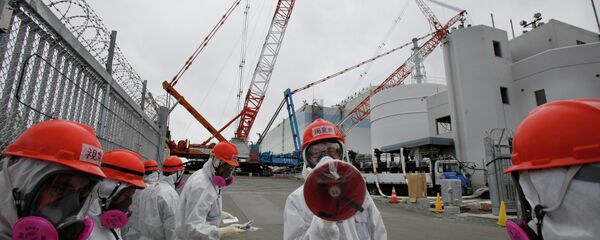"Once we can find out the condition of the melted fuel and identify its location, I believe we can develop the necessary tools to retrieve it," Masuda said. "So it's important to find it as soon as possible."
The TEPCO official stated that the entire cleanup process will take three or four decades, and cost tens of billions of dollars.
"In Reactor 1, all of the fuel has melted down from inside the pressure vessel," Masuda said. "In reactors 2 and 3, about 30% to 50% remains in the pressure vessel and the rest has melted down. But unfortunately, we don't know exactly where [the fuel] is."
In an article for New China, Xinhua writer Sun Ding criticized the cleanup effort, alleging that the Japanese government is more concerned with their image than their duty to keep the public informed.
“Japan is concerned with its national image, food security, tourism, nuclear policy, medical compensation and possibility of public lawsuits,” Ding wrote. “But not a single one of them should be the country's excuse for preventing the post-disaster situation from being known to the public.”
“Given the scale and impact of the Fukushima nuclear disaster, there is no ground for Tokyo to stay secretive and evasive over the handling of the issue.”
“The international community should urge the Japanese government, if it sticks to the passive attitude, to make public relevant information and its post-disaster management,” the article continued.
“The selective amnesia over the disaster out of political or any other purposes is even more terrifying than the disaster itself. Tokyo owes an explanation to the world.”
There are currently some 10 million bags of contaminated soil in massive waste sites, and over 100,000 people are still displaced from their homes due to elevated radiation levels.




